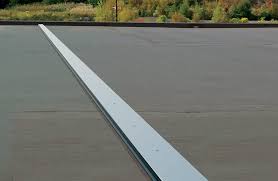Expansion Joints
- Guniting Waterproofing
- Basement And Retaining Walls
- APP waterproofing membrane
- Injection Grouting
- Liquid Membrane Coating
- Bitumen Membrane Waterproofing
- Shotcrete Contractors
- Ceiling & Roof Waterproofing
- Terrace Waterproofing
- Bathroom Waterproofing
- External Weatherproof
- Water Tank
- Swimming Pool
- Industrial Flooring
- Expansion Joints

Expansion Joints
Expansion joints are essential components in buildings and infrastructure that accommodate the natural movement of materials due to temperature changes, settlement, or seismic activity. These joints provide flexibility and allow for expansion and contraction without causing structural damage or compromising the integrity of the structure. Properly designed and maintained expansion joints help prevent cracks, leaks, and other issues associated with structural movement, ensuring the longevity and performance of buildings, bridges, roads, and other structures.
Key Considerations for Expansion Joints:
- Materials and Construction: Expansion joints are typically constructed using flexible materials such as rubber, neoprene, silicone, metal, or composite materials. The selection of materials depends on factors such as anticipated movement, environmental conditions, and load-bearing requirements. Expansion joints may be surface-mounted, embedded, or flush-mounted depending on the application and aesthetic considerations.
- Installation and Maintenance: Proper installation of expansion joints is critical to their performance and longevity. Joints should be installed according to manufacturer guidelines and industry best practices to ensure proper alignment, anchorage, and sealing. Regular inspection and maintenance are essential to identify signs of wear, deterioration, or failure and address them promptly to prevent structural damage or safety hazards.
- Sealing and Waterproofing: Expansion joints should be properly sealed to prevent water infiltration, debris accumulation, and corrosion of underlying materials. Sealants, gaskets, or membranes are used to create a watertight barrier and protect the joint from environmental exposure. Regular inspection and resealing of expansion joints are necessary to maintain their effectiveness and prevent water damage.
- Design Considerations: Expansion joints should be strategically located to accommodate anticipated movement and minimize stress on surrounding structures. Factors such as temperature fluctuations, material properties, and anticipated loads should be considered during the design phase to ensure adequate flexibility and performance of the expansion joint system.

 (3).png)
 (4).png)